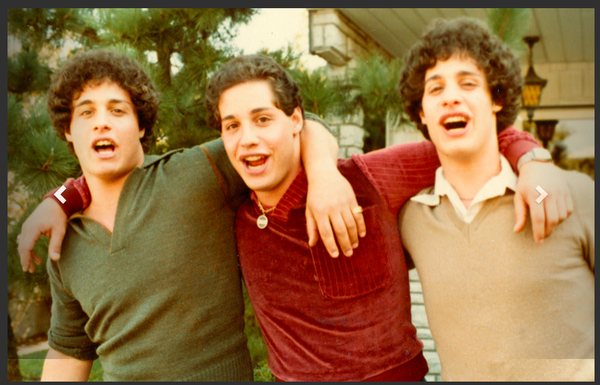Highlights
Hanna Rosin’s cover story for The Atlantic about the recent teen suicides in Silicon Valley is a worthy, in-depth look into a growing problem in America. Rosin deserves credit for trying to understand what is driving so many young people to take their lives. And yet her article is missing a major piece of the puzzle. In completely overlooking the concurrent rise of another kind of suicide, assisted suicide, her analysis ultimately feels incomplete.
Silicon Valley isn’t the only place that recently saw a spate of teen suicides. Other “epicenters of overachievement,” as Frank Bruni put it in the New York Times, places like Fairfax County, Virginia, have experienced a similar phenomenon. Those epicenters, as Rosin’s piece reveals, are made up of countless smaller epicenters of overachievement: families.
Rosin focuses almost entirely on the family life of the teens in suicide contagion hot zones; the word “parents” appears in her article 51 times. Her findings, while extensively researched, are unsurprising: The children growing up with parents who are high achievers, exerting major pressure on their children to do the same, and where a parent’s love is “earned with A’s and Advanced Placement tests and trophies,” are battling anxiety and depression, to the point that some of them are suicidal.
But Rosin and so many other commentators fail to mention the fact that, in recent years, suicide has been given a fresh gloss with the recasting of doctor-prescribed or assisted suicide as a merciful and even glamorous choice. California, the focus of most of the discussion about teen suicides, recently became the fifth state to legalize assisted suicide. Twenty-three other states have considered or are considering doing so as well. The flurry of media attention around the doctor-prescribed suicide of Brittany Maynard, a terminally ill woman who took her life at age twenty-nine, cast the issue in a new light. Maynard was a young and beautiful advocate for assisted suicide, and she refashioned the issue as something relevant to young adults, not just the mostly middle-aged and elderly people who ended up in the clinics of the infamous Jack Kevorkian, known colloquially as “Dr. Death.” The same teens pondering taking their lives could buy a People magazine with her smiling face on the cover, making the case for what she called “death with dignity.”
Maynard devoted the last months of her life to championing assisted suicide, and her widower and former best friend continue to carry the torch, going from state to state to advocate for its legalization. When the issue came to Washington, D.C., I testified alongside the two of them (on the opposite side). Maynard ended her life in Oregon, which was one of the first states to legalize assisted suicide roughly 20 years ago. Since then, the overall suicide rates in Oregon and the U.S. have risen, and in 2012, Oregon’s age-adjusted suicide rate was 42 percent higher than the national average. Those rates include many more people than those who take their life in accordance with the law, whose deaths are not classified as suicides. Oregon’s rising suicide rate raises the question of whether legalizing assisted suicide can, like celebrity suicides, cause contagion—making vulnerable people consider suicide as an option for themselves.
For those of us who believe the law can be a teacher, it comes as no surprise that a state that gives legal sanction to suicide, even if only under certain conditions, would see many others swept up with the tide. And yet the pundits and sociologists who scratch their heads at the teen suicide phenomenon don’t even take into account the growing popularity of making suicide legal. And to be sure, suicide is seeing a P.R. boon. Six months after Brittany Maynard committed suicide, 68 percent of Americans told Gallup that assisted suicide should be legal for the terminally ill, a ten-point increase in the course of a year. The bulk of those gains were made among young people, eight in ten of whom support doctor-assisted suicide.
Just how related the rise of assisted suicide, championed by so many of today’s overachieving elites, and the contagion of teen suicide are, we don’t know. But how can we as a society fight one kind of suicide while enabling another? One important way to fight back against teen suicide is to oppose assisted suicide and remind your children, nieces, nephews, cousins, and friends that life is always worth living, even when it’s hard. Make those mini “epicenters of overachievement” 100 percent anti-suicide.















